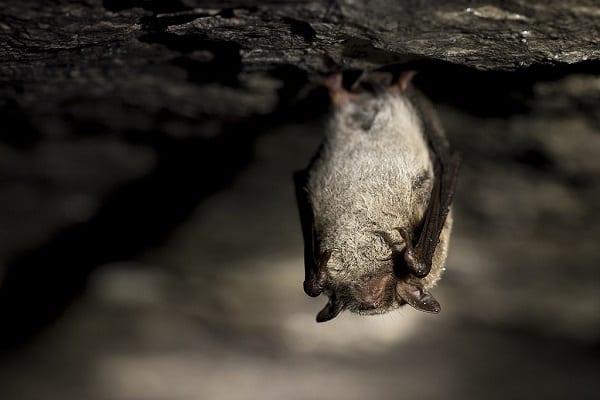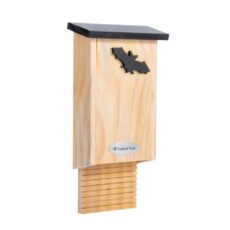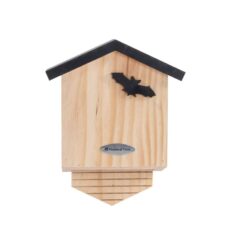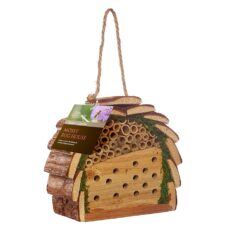Bats play a vital role in the ecosystem serving as pollinators, insect controllers and seed dispersers. Supporting bat populations in the UK is crucial for maintaining a healthy environment. In this article we explore practical steps and measures you can take to encourage and support bats in your garden. Every effort counts in ensuring the survival of these remarkable creatures. In this article we delve into the intriguing world of bats in the UK exploring their species, habitat, behaviour and conservation efforts you can take.
Diversity and Habitat for Bats
The UK is home to 18 species of bats each with its own unique characteristics. Common species include the common Pipistrelle, Soprano Pipistrelle and the Brown Long-eared bat. Bats inhabit a variety of habitats, including woodlands, hedgerows, parks and even urban areas. They roost in diverse locations such as caves, trees and buildings often forming maternity colonies during the summer months.
Behaviour and Diet To Encourage and Support Bats in Your Garden
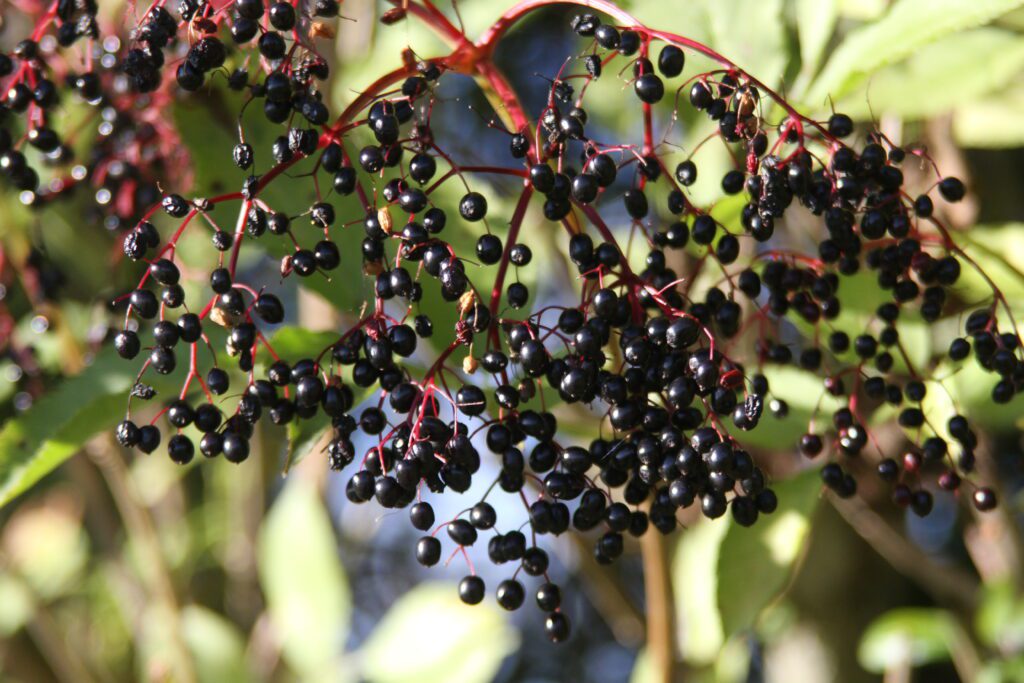
Bats are nocturnal creatures, meaning they are active during the night. Using echolocation they emit ultrasonic calls and interpret the echoes to navigate and locate prey. In the UK bats primarily feed on insects such as moths, beetles and midges playing a crucial role in natural pest control. Some species like the Brown Long-eared bat even use their exceptional hearing to catch prey on the wing. You can also encourage and support bats in your garden by planting berries, some chose to plant elders such as Sambucus nigra.
Bat Conservation in the UK
Conservation efforts are vital for maintaining healthy bat populations in the UK. Various organisations including the Bat Conservation Trust work tirelessly to protect and conserve bat habitats as well as educate the public and monitor bat populations. Conservation initiatives include the creation of bat-friendly gardens, the preservation of roosting sites and the installation of bat boxes in suitable locations. These efforts aim to raise awareness and ensure the long-term survival of these unique and beneficial creatures.
Legislation and Protection for Wildlife
Bats in the UK are protected by law under the Wildlife and Countryside Act 1981. This legislation makes it illegal to intentionally harm, disturb or handle bats without a license. It is extremely important to respect bat habitats and avoid actions that may disrupt their roosting sites. If you suspect the presence of bats in a building or need to carry out work that may affect bats it is advisable to consult with bat conservation experts or the relevant authorities.
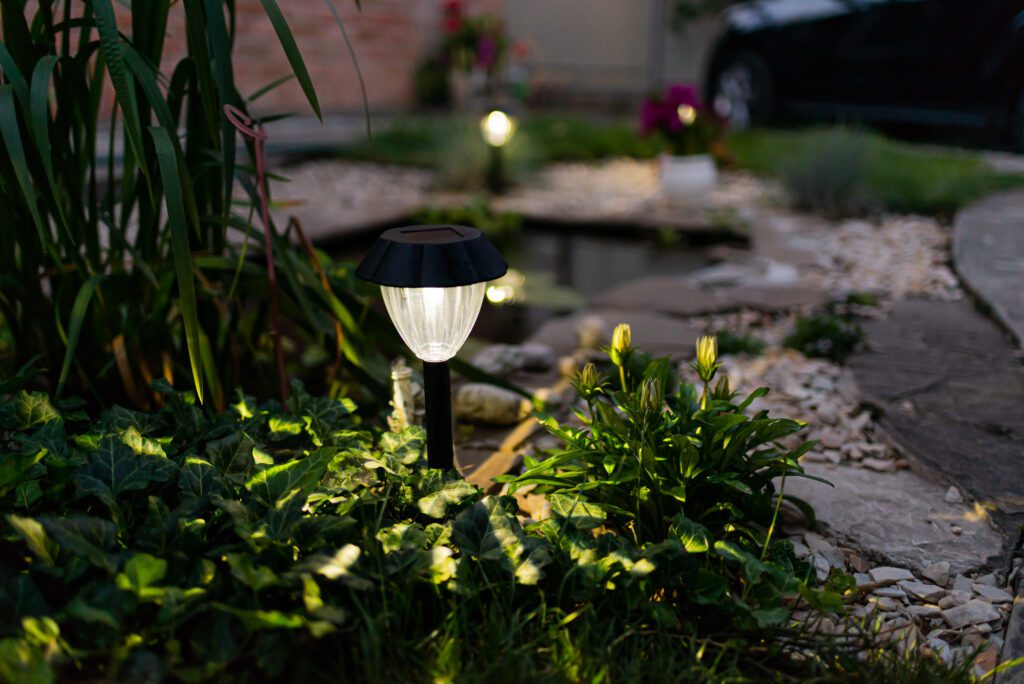
Image Copyright: Shutterstock
How To Get Involved Using Your Garden
Bat watching is a popular activity that allows nature enthusiasts to observe bats in their natural habitat. Many nature reserves and local wildlife organisations organise bat walks and events providing valuable opportunities to learn about these fascinating creatures. Citizen science projects such as the National Bat Monitoring Program allow individuals to contribute to bat conservation efforts by recording bat activity and submitting data. You can get yourself involved with these organisations by volunteering your time or donating to support their efforts. These organisations often conduct research, monitor bat populations and implement conservation projects.
Engaging in this process helps researchers gain valuable insights into bat distribution and behaviour. Encourage local authorities, businesses and communities to implement bat-friendly practices. Advocate for the protection of bat habitats, the installation of bat boxes and the reduction of light pollution in public spaces.
With 18 species of bats in the UK, each come with unique habitat preferences. It is essential to understand the specific species that present in your area as well as their habitat requirements. Research local bat populations and identify the species commonly found in your region. Different bat species may require different roosting sites such as trees, buildings or bat boxes. Consult local bat conservation organisations or experts for guidance on the appropriate habitats for specific species.
Enhancing bat habitats in your surroundings is a tangible way to support their populations.
- By planting native trees and shrub species you are providing suitable roosting and foraging habitats for bats. Consider planting trees like oak, ash or beech and shrubs such as blackberry or hawthorn in your garden or local green spaces.
- Bat boxes mimic natural roosting sites and provide additional shelter for bats. Place bat boxes in suitable locations, such as on trees, buildings or along hedgerows, ensuring they receive adequate sunlight and are away from disturbance.
- Bats require access to freshwater sources for drinking and hunting insects. Create or maintain ponds, bird-baths or small water features in your garden to attract bats and provide them with essential resources. Incorporate shallow edges or place flat stones around the pond for bats to access the water easily.
- Excessive artificial lighting disrupts bat behaviours, feeding patterns and navigation. To minimise light pollution use motion sensor lighting. Install motion sensor lights that only activate when necessary, reducing unnecessary light emissions during the night.
- Direct outdoor lighting downwards and shield it to minimise light spillage into the sky. This helps create darker environments that are essential for bats foraging and navigation. Consider replacing bright, high-intensity bulbs with low-intensity or amber-coloured bulbs that are less attractive to insects, reducing the disruption of natural feeding patterns.
- As bats rely on insects as their primary food source you can help this by creating an insect-friendly garden, you can support both bats and other beneficial wildlife. Here are some ways you can do this:
- Using chemical pesticides can harm bats indirectly by reducing insect populations. Take the option for natural pest control methods or use organic and insect-friendly alternatives to minimise the use of harmful pesticides.
Spread Awareness About Bats
Educate others by sharing information about the importance of bats in the ecosystem, dispelling common myths and misconceptions. Organise local talks, workshops or school presentations to raise awareness.
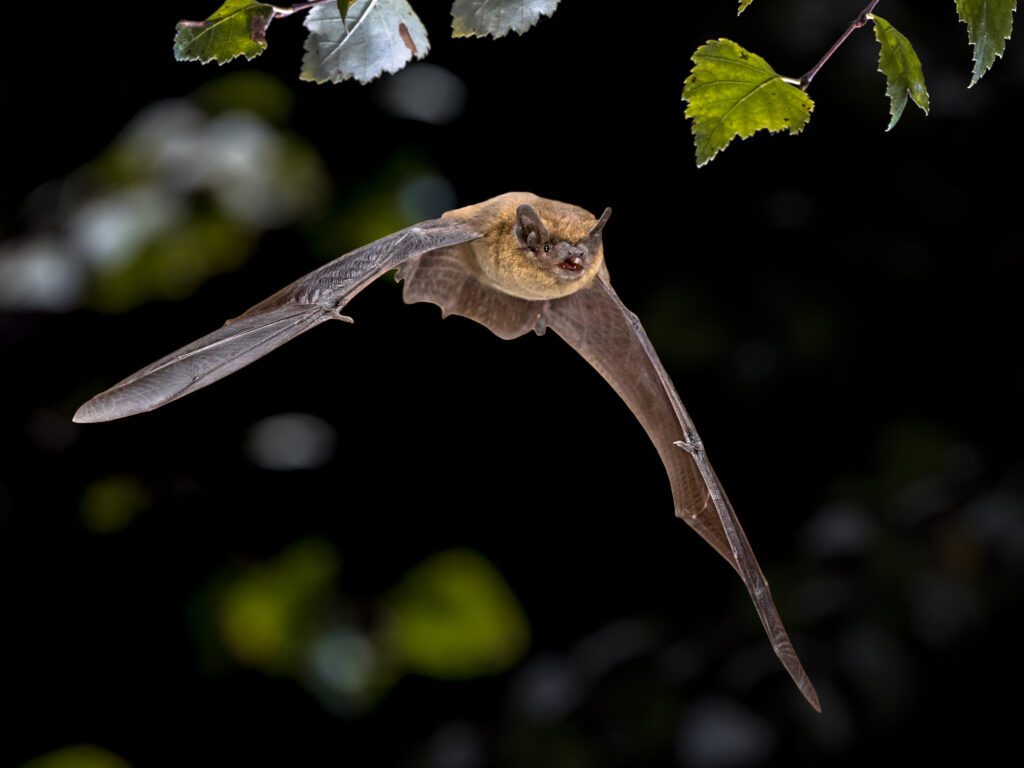
Supporting bats in the UK requires a combination of individual actions, community involvement and conservation efforts. By understanding their habitat requirements, creating bat-friendly environments, reducing light pollution and raising awareness, we can contribute to the conservation and preservation of these extraordinary creatures. Together we can ensure a future where bats thrive, playing their vital roles in maintaining a healthy and balanced ecosystem.


